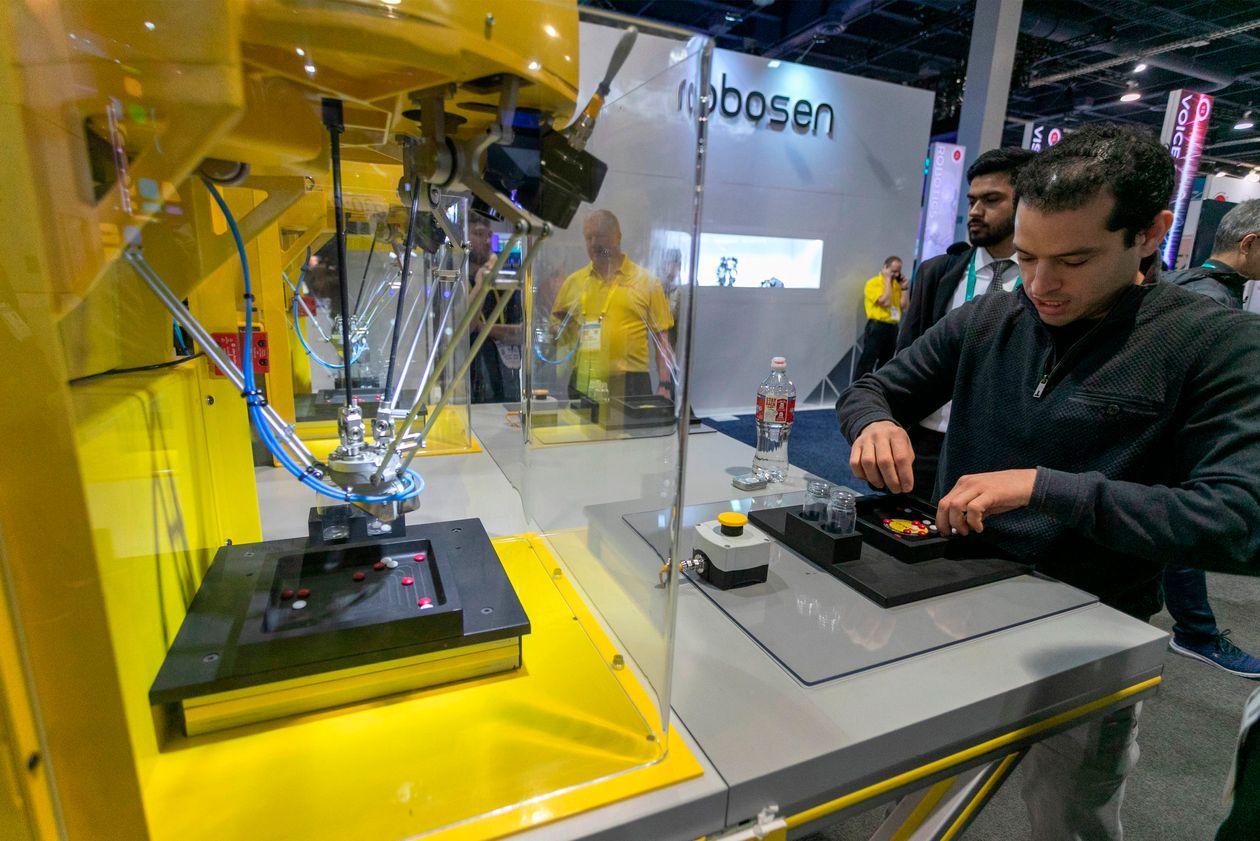Direct Investing Is Rising Among Family Offices
Family offices are investing directly in technology companies as more tech entrepreneurs accumulate wealth and invest through single- and multi-family offices. More than 4,500 tech companies, large and small, were featured at the last Consumer Electronics Show (CES) in Las Vegas last January.
AFP via Getty Images

Wealthy families are investing directly in private companies through single-family and multi-family offices in rising numbers as these offices become more sophisticated, according to a study released on Friday by Fintrx, a Boston-based data and research firm.
More than half of the approximate 3,500 to 5,000 family offices around the world invest directly today, according to the study, which draws on the firm’s database of more than 3,000 individual family offices globally and the 13,000-plus direct investment deals they have tracked.
The direct-investment trend is “consistent with broader trends we’re seeing in the ultra-high-net-worth market toward greater transparency, greater control of investments, and lower fees,” says Paul Ferguson, managing director at Schwab Advisor Family Office, which sponsored the study.
While family offices have long had the ability and desire to invest directly, versus going through a fund structure of some sort, the strategy didn’t start accelerating until 2010, according to the study. Between 2010 and 2015, activity jumped 206%, and has continued to rise steadily since, the report says.
Much of this growth is driven by family offices created since 2015. Two-thirds of these newer offices are investing directly, compared with only 52.4% of those founded between 2006 and 2010 and 25% for those founded before 1985.
A large part of the interest from this sector (83%) is coming from single-family offices, which represent about 39% of the global family-office universe, the study says.
That’s largely because multi-family offices face more regulatory restrictions. In the U.S., these offices must be registered investment advisers with the federal Securities and Exchange Commission.
But interest in direct investing is becoming more widespread as multi-family offices become more sophisticated and modernized.
Offering direct investment capabilities becomes “an interesting way for multi-family offices to add additional value and [it’s] how they can separate themselves from others in the space,” says Russ D’Argento, founder and CEO at Fintrx. “It’s something we’re starting to see more of.”
Private-equity funds investing in a range of companies are tapped by wealthy investors attracted to their often double-digit returns. Yet it’s not unusual for private-equity fund managers to charge a pricey 2% management fee each year and to take 20% of the profits realized when companies they buy are sold.
Avoiding these costs is a good reason to skip the fund structure, but another reason ultra-wealthy families go direct is that they may operate with an investment time horizon of 100 years, Ferguson says. That’s much different than a private-equity manager who invests with an eye to exit within five-to-seven years, he says.
Also, “with direct investing, these families have the ability to invest in the specific businesses they want to invest in,” Ferguson says. “They have a lot more control and can have [more of] a positive impact on the business through direct investing than through fund investing.”
The study’s data found, for example, that 61.4% of global family offices that invest directly invest in tech companies, reflecting the fact a lot of new wealth has been generated in the industry. In fact, 82.5% of families that made their wealth in technology businesses invest in the sector.
Co-investing in companies is another rising trend, particularly in North America, involving nearly 48% of family offices, driven again by single-family offices. Globally, 42.5% of family offices co-invest.
Co-investment can mean “club” deals, where several families get together to invest, or it can involve a family investing alongside a private-equity fund, although not in the fund itself. Co-investment also could mean a family invests alongside another family in a business.
Ferguson, for instance, recalled working with a family running a manufacturing business that employed several hundred in a small town area in the U.S. The owner was seeking a partner to invest in the business, but he didn’t want to bring in a private-equity firm or another strategic acquirer who might want to roll up his business into a larger entity to reduce costs. “Their most important value was their community and their employees,” Ferguson says.
Instead, the owner took a co-investment from another family with experience in manufacturing and the ability to add value. “It worked out well,” he says.
For families that want to invest in less-familiar industries, however, private equity and other fund structures continue to make sense, D’Argento says.
“It’s certainly not binary,” he says. “There’s a place for [both] in most of these family’s portfolios.”
Generally, the world of family offices is more personal and relationship-driven than elsewhere in institutional investing, so families are willing to co-invest on projects together, or to help one another source deals.
“It’s helpful for them to know what their peers are doing, where they are allocating,” D’Argento says.
